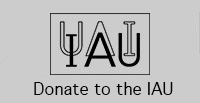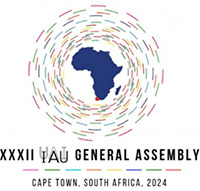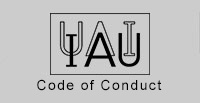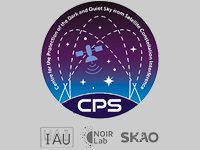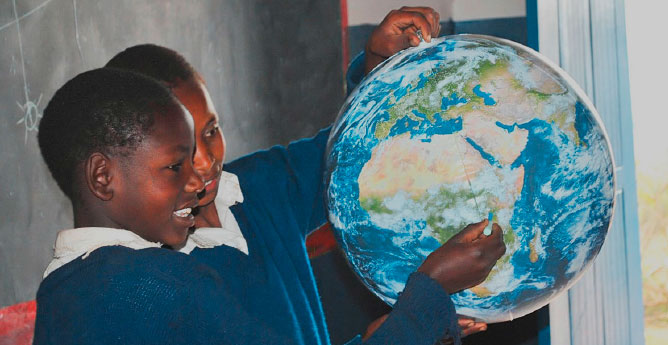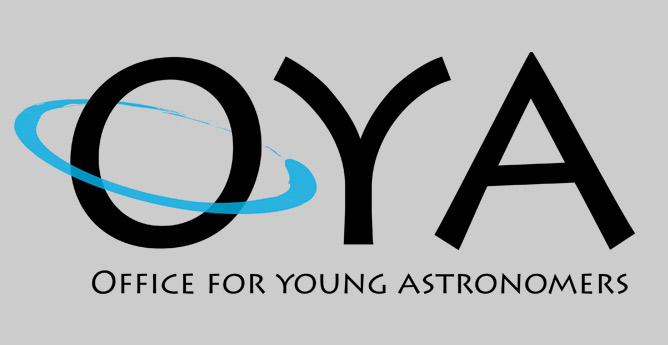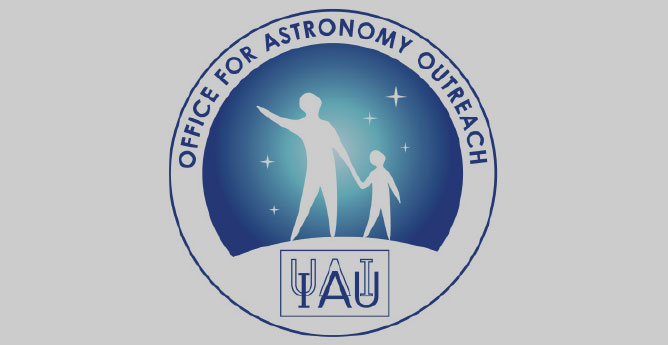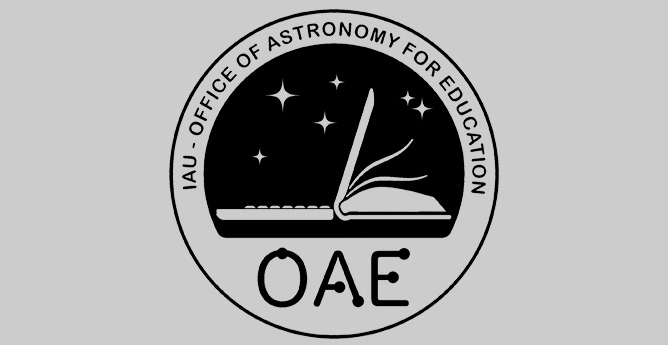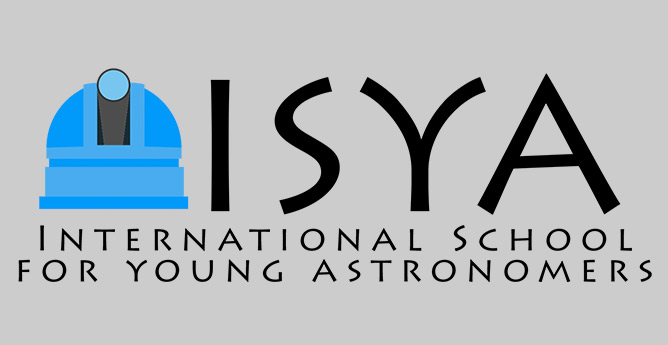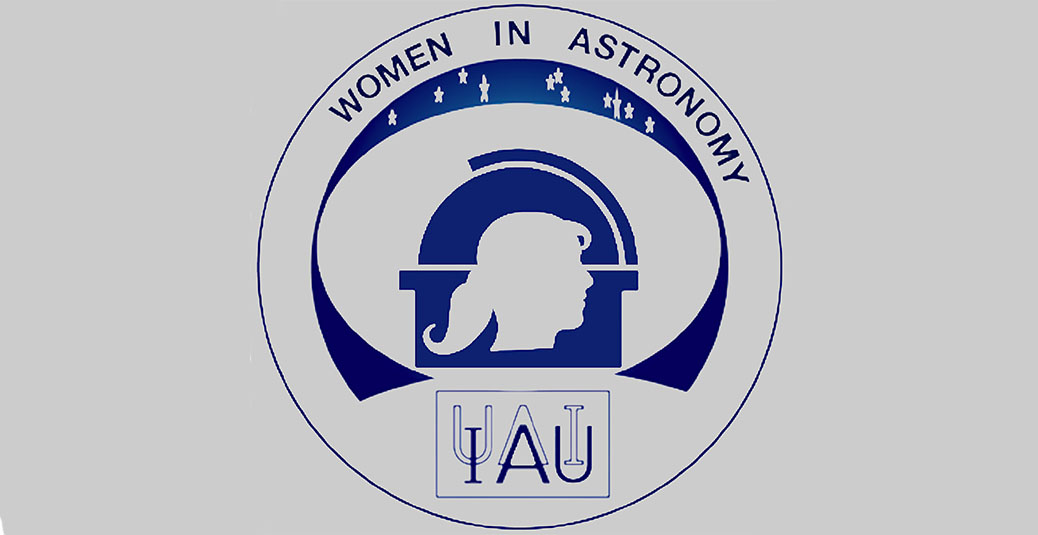- News
- Science
- Scientific Bodies
- Divisions
- Commissions
- Commission A1 Structure
- Commission A2 Structure
- Commission A3 Structure
- Commission A4 Structure
- Commission B1 Structure
- Commission B2 Structure
- Commission B3 Structure
- Commission B4 Structure
- Commission B5 Structure
- Commission B6 Structure
- Commission B7 Structure
- Commission C1 Structure
- Commission C2 Structure
- Commission C3 Structure
- Commission C4 Structure
- Commission C5 Structure
- Commission D1 Structure
- Commission E1 Structure
- Commission E2 Structure
- Commission E3 Structure
- Commission E4 Structure
- Commission F1 Structure
- Commission F2 Structure
- Commission F3 Structure
- Commission F4 Structure
- Commission G1 Structure
- Commission G2 Structure
- Commission G3 Structure
- Commission G4 Structure
- Commission G5 Structure
- Commission H1 Structure
- Commission H2 Structure
- Commission H3 Structure
- Commission H4 Structure
- Commission J1 Structure
- Commission J2 Structure
- Commission J3 Structure
- Commission X1 Structure
- Commission X2 Structure
- Past Commission Organising Committees
- Working Groups
- Centres
- Scientific Meetings
- Rules & Guidelines
- General Assemblies
- Meeting Proposals
- Future IAU Meetings
- General Assemblies
- EC Meetings
- Officers' Meetings
- Regional Meetings
- Symposia
- Focus Meetings
- Institutional Meetings
- IAU Offices Meetings
- IAU-Sponsored Meetings
- Letters of Intent submitted for 2024
- Letters of Intent submitted for 2023
- Letters of Intent submitted for 2022
- Letters of Intent submitted for 2021
- Letters of Intent submitted for 2020
- Past IAU Meetings
- Templates
- Other Meetings
- Grants & Prizes
- Scientific Bodies
- Publications
- IAU Publications
- IAU Strategic Plan
- Symposia
- WGSBN Bulletins
- Regional Meetings
- Information Bulletins/Catalyst
- E-Newsletters
- Focus Meetings
- Transactions A
- Transactions B
- Related Publications
- GA Newspapers
- CAPjournal
- IAU Books
- Brochures
- IAU Offices
- WG Reports
- Commission Reports
- Division Reports
- Past IAU Publications
- Rules, Guidelines and Instructions for Proceedings
- Publishers
- IAU Publications
- Administration
- About the IAU
- Statutes & Rules
- IAU Policies
- IAU Executive Bodies
- IAU Secretariat
- Resolutions
- Members Administration
- Administrative Dates & Deadlines
- International Organisations Relations
- Donate to the IAU
- Training in Astronomy
- Astronomy for Education
- Astronomy for Development
- Astronomy for the Public
- Office for Astronomy Outreach
- FAQ
- Themes
- Satellite Constellations
- Astronomy in Everyday Life
- How to Report a Discovery
- Careers in Astronomy
- Defining our Place in the Cosmos
- The Constellations
- Light Pollution
- Measuring the Universe
- Near Earth Objects
- How to Participate in Astronomy Research
- Naming of Astronomical Objects
- Naming of Exoplanets
- Buying Star Names
- Naming Stars
- Pluto and the Solar System
- IAU Member Statistics
- Our Moon: the Moon
- Meteors & Meteorites: The IAU Definitions of Meteor Terms
- UNESCO-IAU Portal to the Heritage of Astronomy
- Social Media
- Past Events
- Call for Online Resources
- Astronomy@Home Awards
- Contact

Kira B. Shingareva
Russian Federation
1938-2013
Obituary:
"If one says the words planet and map together, Kira Borisovna Shingareva is the number one figure", the Russian weekly Russkij Reporter wrote in 2010. She certainly was the driving force behind planetary cartographic activities at all levels as a professor at MIIGAiK, the Moscow State University for Geodesy and Cartography. Her students of extraterrestrial geography include students from high school to university and post-graduate levels and even her colleagues.
Kira Shingareva graduated from MIIGAiK in 1959 as an astronomo-geodesist and was admitted to the Dresden University. She graduated from the Technical University of Dresden in 1961, received her PhD in 1974, and became a Doctor of Science in 1992. She has held the position of principal scientist at the Laboratory of Comparative Planetology at the Space Research Instutute at the Academy of Science untill 1977.
Between 1976 and 1978 Kira Shingareva completed a second degree in economics from the Lomonosov Moscow State University at the Faculty of International Relations. From 1977 until recently, she worked at the Department of Economics and Business of MIIGAiK, successfully combining teaching in a number of scientific disciplines with her work in the Planetary Cartography Laboratory of MIIGAiK .
Shingareva participated in the Russian National Space program by mapping the Moon, Mars, Phobos and Venus and selecting landing sites for the early Moon probes. Her effective management enabled MIIGAiK to carry out its planetary cartographic activities when financial aids stopped due to the Mars-96 spacecraft failure. She also helped revive the laboratory as MexLab (MIIGAiK Extraterrestrial Laboratory or Comprehensive Laboratory of Studies of Extraterrestrial Territories) in 2010 which provided a place of work and study for 50 students and young scientists and made it one of the key international planetary science centers of Russia.
Shingareva was concerned not only with the geographic and cartographic aspects of planetary bodies, but also with place names: starting in the late 1960s, she helped the development of the planetary nomenclature. Her first presentation at the IAU 1967 meeting was about the proposed new nomenclature of the far side of the Moon; that was a starting point in restructuring the system of planetary nomenclature. She was also vice-chairman of the Space Toponymics Commission of the Russian Academy of Sciences. She believed that the management of planetary toponyms should be passed from IAU to an interdisciplinary UN commission of geographers, geologists, and phylologists.
Shingareva's main collaborative project with her colleagues was the creation of the Atlas of Terrestrial Planets and their Moons (1992) the preparatory work for which took 12 years. The atlas was digitized and translated into English in 2007. Based on this work, Shingareva initiated the production of the series "Multilingual Maps of the Terrestrial Planets and their Moons". Both of these projects are unique and aim to show the results of planetary discoveries to a wide and international audience in a cartography-based format.
She co-authored a high school textbook entitled "Geography of extraterrestrial territories" (2009) which, along with the new, high-school-targeted version of the atlas (Atlas of the Solar System, 2005) now provides the foundation of planetology education in Russia.
Kira Shingareva was the driving force behind the ICA's Planetary Cartography Working Group (co-chair: 1995-1999) and Commission (chair: 1999-2007). She was also an outstanding organizer of scientific activities, playing main role preparing the 23rd International Cartographic Conference held in Moscow in 2007. Since 2007, she was an honorary member of the International Cartographic Association.
She showed tireless commitment and enthusiasm to planetary cartography, which she passed on to subsequent generations. She lived during the most exciting era of planetary explorations, at a time when she had to make the most out of the limited resources available. As she said, we move forward, step by step.
Kira Shingareva died on Sunday 15 September.
She is commemorated by the main-belt asteroid 294595 Shingareva and the small but very unusual Lunar farside crater Kira, named by her American colleagues, which will be another planetary reminder of her.
The memorial pages are available here: http://miigaik.ru/eng/mexlab/shingareva/
Past affiliation(s) within the IAU
- Past Member of Division C Education, Outreach and Heritage (until 2013)
- Past Member of Commission 41 History of Astronomy (until 2013)
- Past Member of Division XII Union-Wide Activities (until 2012)
Search individual members
